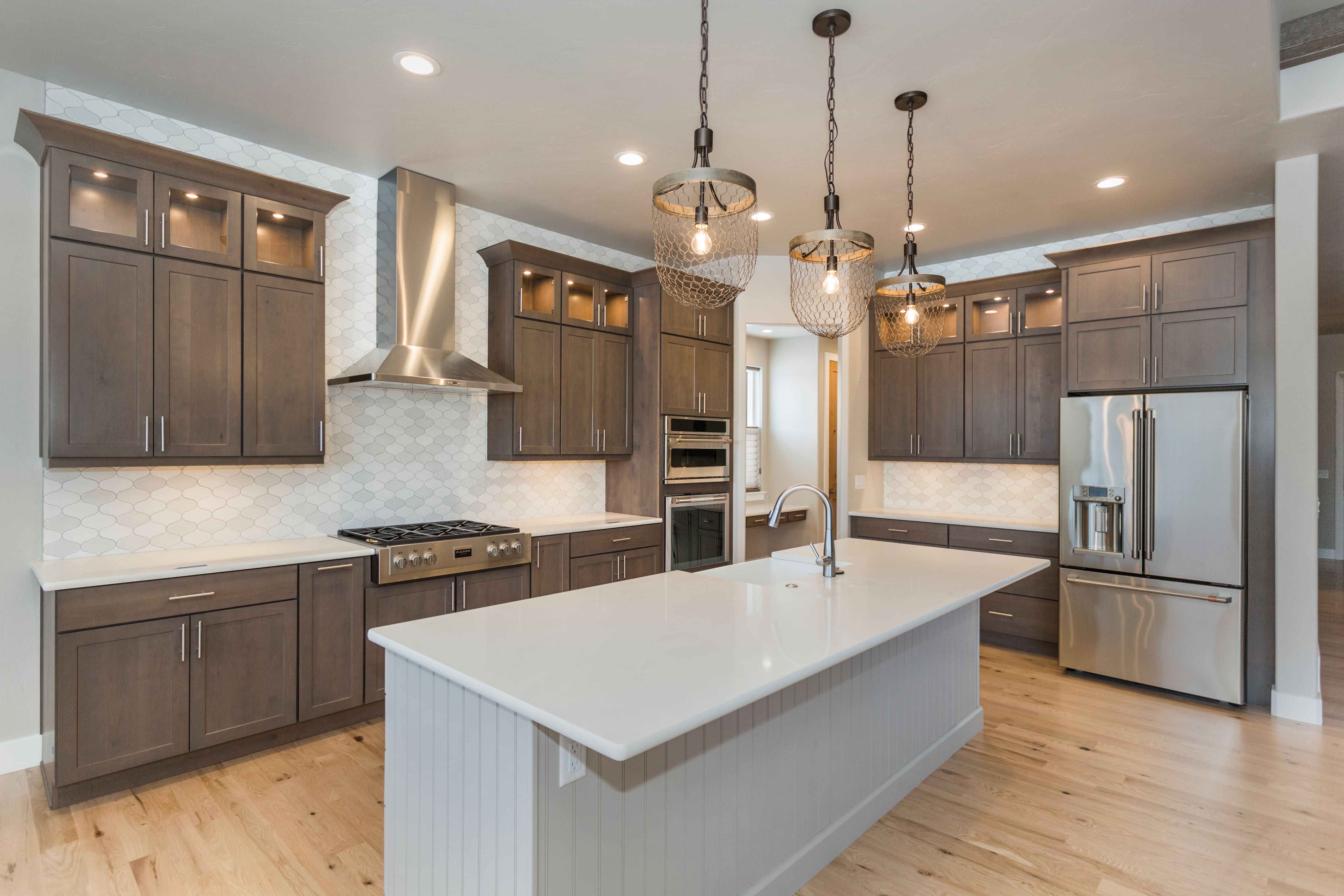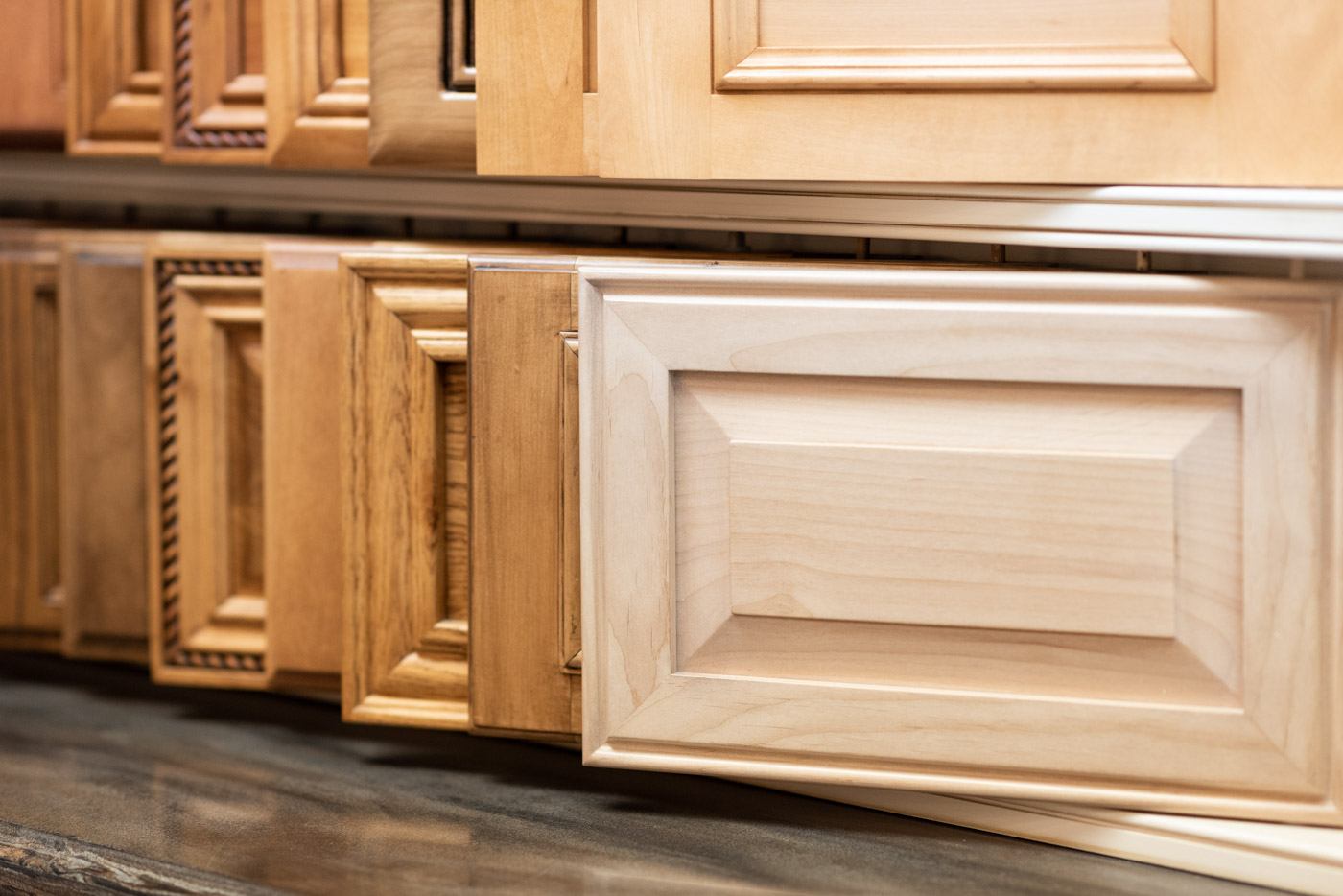The Appeal of Unfinished Raised Panel Cabinet Doors

Unfinished raised panel cabinet doors offer a unique blend of affordability, customization, and aesthetic appeal, making them a popular choice for homeowners and DIY enthusiasts.
Cost Savings
Purchasing unfinished raised panel cabinet doors can significantly reduce the overall cost of your kitchen or bathroom remodel. This is because you are essentially buying the “bones” of the door, without the added cost of pre-finished paint or stain. The cost savings can be substantial, especially for large-scale projects. For example, a set of 10 unfinished raised panel doors might cost $500, while the same set pre-finished could cost $1,000 or more.
Creative Freedom and Customization
Unfinished doors provide a blank canvas for your creativity. You have complete control over the final look and feel of your cabinets. This freedom allows you to:
- Choose the perfect paint color or stain to match your existing décor or create a completely new look.
- Experiment with different finishes, such as distressing, glazing, or antiquing, to achieve a unique and personalized style.
- Apply custom hardware, such as knobs, pulls, or hinges, to complement your chosen aesthetic.
Understanding Raised Panel Construction

Raised panel cabinet doors, known for their classic elegance and timeless appeal, are a popular choice for kitchens, bathrooms, and other spaces. Their distinctive design, characterized by a raised center panel surrounded by a frame, adds a touch of sophistication and depth to any cabinetry. Understanding the construction process behind these doors provides valuable insights into their durability, versatility, and aesthetic qualities.
Construction Process
The construction of raised panel cabinet doors involves a series of steps that combine precision, craftsmanship, and attention to detail.
- Creating the Frame: The process begins with crafting the frame, which is typically made from solid wood. The frame pieces are cut to precise dimensions and joined together using a variety of techniques, such as mortise and tenon joints or dado joints. This ensures a strong and stable foundation for the door.
- Preparing the Panel: The raised panel itself is usually made from a thinner sheet of wood, often plywood or MDF. This panel is carefully shaped to fit snugly within the frame, creating the characteristic raised effect. The panel is often routed with a decorative profile to enhance its visual appeal.
- Assembling the Door: The frame and panel are then joined together, typically using glue and screws. The panel is carefully positioned within the frame, ensuring that it is flush with the edges. This creates a seamless transition between the frame and the raised panel.
- Finishing Touches: Once assembled, the door undergoes finishing processes. This may include sanding, priming, and painting or staining. The finishing techniques applied to the door play a significant role in determining its final appearance and durability.
Types of Wood
The choice of wood for raised panel cabinet doors is crucial, influencing both their appearance and performance.
- Hardwoods: Hardwoods, such as oak, maple, cherry, and walnut, are popular choices due to their durability, strength, and attractive grain patterns. These woods offer excellent resistance to scratches, dents, and wear and tear, making them suitable for high-traffic areas.
- Softwoods: Softwoods, such as pine, fir, and cedar, are generally less expensive than hardwoods but may be less durable. However, they can still be used for raised panel doors, especially in areas with less wear and tear.
- Engineered Woods: Engineered woods, such as plywood and MDF, are often used for raised panel doors as they offer consistency, stability, and affordability. These materials are less prone to warping and cracking compared to solid wood.
Finishing Techniques, Unfinished raised panel cabinet doors
The finishing techniques applied to unfinished raised panel cabinet doors play a crucial role in determining their final appearance and durability.
- Painting: Painting is a versatile finishing technique that allows for a wide range of colors and finishes. Paint can be applied to create a smooth, uniform surface or to achieve a textured look.
- Staining: Staining is a technique that enhances the natural grain patterns of the wood while adding color and depth. Different stains produce varying shades and tones, allowing for customization and personalization.
- Varnishing: Varnishing provides a protective layer that shields the wood from moisture, scratches, and UV damage. Varnish can be applied in various finishes, from glossy to matte, depending on the desired aesthetic.
- Waxing: Waxing is a traditional finishing technique that adds a protective layer and enhances the natural beauty of the wood. Wax can be applied in various finishes, from satin to high-gloss.
Utilizing Unfinished Doors in Home Design
Unfinished raised panel cabinet doors offer a blank canvas for homeowners to express their personal style and create a unique look for their homes. The versatility of these doors allows them to seamlessly integrate into various interior design styles, from traditional to contemporary.
Enhancing Interior Design Styles
Unfinished raised panel doors can be adapted to suit a wide range of interior design styles. Their adaptability stems from the ability to customize their finish, making them a versatile element in home decor.
- Traditional Style: A classic and timeless approach, traditional interiors often feature warm, earthy tones, intricate details, and a sense of history. Unfinished raised panel doors can be stained in rich hues like mahogany, cherry, or walnut to complement the traditional aesthetic. These doors can be paired with ornate hardware, such as brass or bronze knobs, to enhance the traditional feel.
- Contemporary Style: Contemporary design emphasizes clean lines, minimalist aesthetics, and a focus on functionality. Unfinished raised panel doors can be painted in bold colors or left in their natural state to create a clean, modern look. Pairing these doors with sleek hardware, such as chrome or brushed nickel handles, further enhances the contemporary aesthetic.
- Rustic Style: Rustic interiors embrace natural materials, rough textures, and a sense of warmth and comfort. Unfinished raised panel doors can be left unstained or given a distressed finish to create a rustic charm. They can be paired with iron hardware or reclaimed wood accents to enhance the rustic feel.
- Transitional Style: Transitional design blends elements of traditional and contemporary styles, creating a balanced and sophisticated look. Unfinished raised panel doors can be stained in neutral tones or painted in soft colors to complement the transitional aesthetic. They can be paired with hardware that reflects both traditional and contemporary elements, such as brushed nickel knobs with a slightly ornate design.
Designing a Kitchen with Unfinished Doors
A kitchen layout featuring unfinished raised panel cabinet doors can showcase the versatility of this design element. The use of different finishes can create a visually appealing and cohesive space.
- Base Cabinets: Consider staining the base cabinets in a rich, dark wood tone like walnut or mahogany to create a grounding effect and visually anchor the space.
- Upper Cabinets: The upper cabinets can be painted in a light, airy color, such as white or cream, to enhance the sense of space and create a contrast with the darker base cabinets.
- Island: The kitchen island can be treated as a focal point, with the doors stained in a contrasting color, like a lighter wood tone or a vibrant hue, to create visual interest.
- Hardware: Choosing hardware that complements the chosen finishes can elevate the design. For instance, using brushed nickel hardware for the base and upper cabinets and black hardware for the island can add a touch of sophistication and distinction.
Design Challenges
While unfinished raised panel doors offer design flexibility, homeowners should be aware of potential challenges.
- Finishing: Applying a finish to unfinished doors requires time, skill, and attention to detail. The chosen finish must be compatible with the wood type and the desired aesthetic.
- Maintenance: Unfinished doors require more maintenance than pre-finished doors. They may need to be refinished or touched up periodically to maintain their appearance.
- Cost: While unfinished doors can be more cost-effective than pre-finished doors, the cost of finishing them should be factored into the overall budget.
Unfinished raised panel cabinet doors offer a blank canvas for personalization, allowing you to create a truly unique look for your space. For a serene and sophisticated haven, consider a turquoise and silver bedroom decor theme, painting the doors a calming turquoise shade and adding silver accents for a touch of elegance.
The finished product will be a beautiful statement piece, perfectly complementing your bedroom’s design.
Unfinished raised panel cabinet doors offer a blank canvas for customization, allowing homeowners to create a unique look that complements their style. While these doors provide a clean and classic aesthetic, they can be challenging to open, especially when your hands are full.
A foot operated cabinet door opener can offer a hands-free solution, making access to your cabinets easier and more hygienic. With a foot-operated opener, you can keep your unfinished raised panel cabinet doors looking pristine and avoid any unwanted scuffs or scratches.

